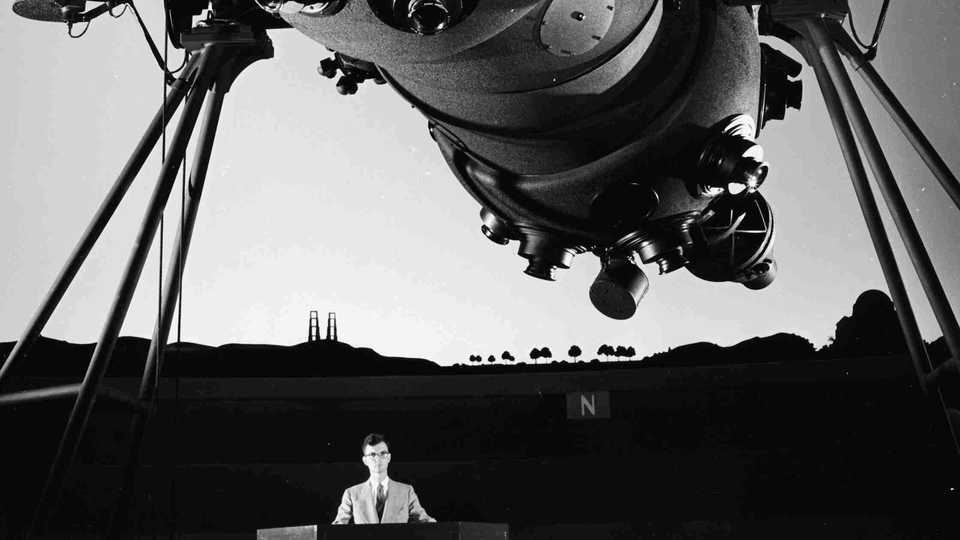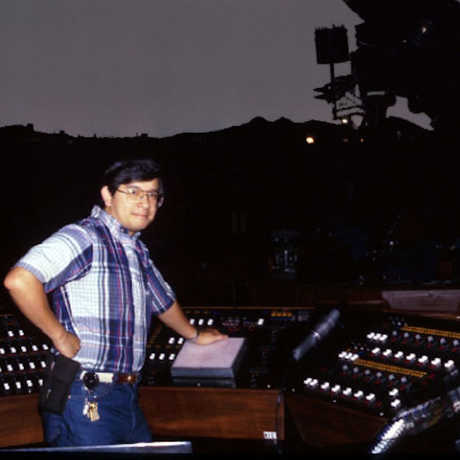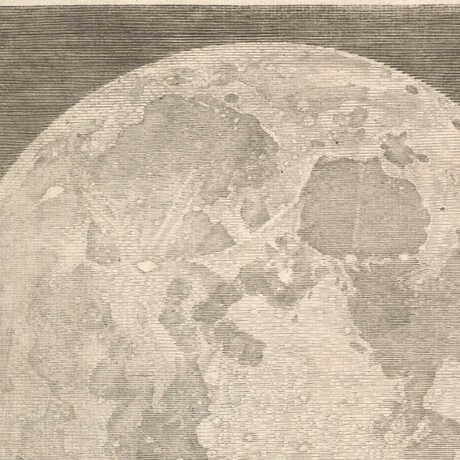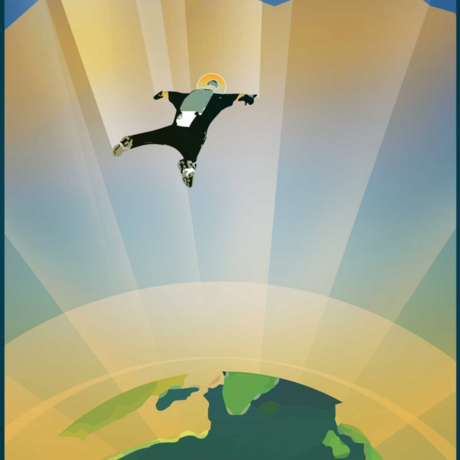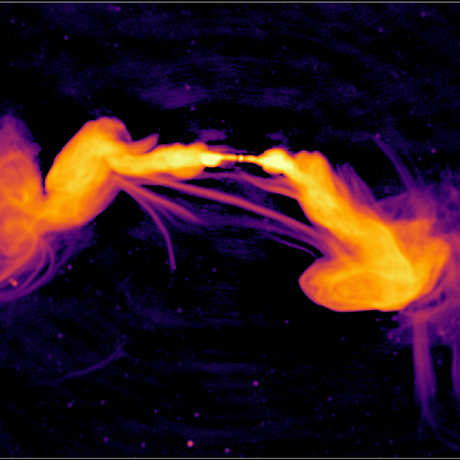Previously, this space featured an opinion written by a colleague whose life was apparently ruined by optical projection planetariums. Here's an alternative view, based on the premise that life was actually pretty good.
First, some context:
The classic opto-mechanical planetarium projector was invented by the Zeiss Optical Company of Germany, and for a while, Zeiss was the world’s only manufacturer of such devices. Shortly after World War II, U.S. planetariums were unable to acquire projectors from Zeiss, so the California Academy of Sciences decided to build its own, which projected an exquisite sky from 1952 through 2003. It was (flag-waving time) the first traditional planetarium projector to be designed and made entirely in the U.S. for a major dome. Like the Zeiss and other opto-mechanical instruments, it was able to convincingly simulate the night sky as seen from Earth, duplicate the motions that can be seen with the unaided eye, and help visitors understand why we see the sky do the things it does.
Planetariums were arguably the first virtual theaters, where visitors could be convinced that they were outside, looking up at a clear, star-filled night sky. In a traditional non-tilted dome, the sky was projected overhead, the horizon was level, and to see what was in the north, you looked north. To see something in the south, you looked in the opposite direction, toward the south.
Thanks to innovations too complicated to get into here, Morrison’s projected sky was particularly realistic. When Morrison opened in 1952, Coronet Magazine published an article entitled “They Out-Zeissed Zeiss!” Even the then-director of Chicago’s Zeiss-equipped Adler Planetarium (the first planetarium in the Western Hemisphere), declared the Morrison sky to be the best he’d seen—an opinion echoed by many. After an evening presentation, this writer was asked, “How did you open the dome so quietly?”
A number of the Morrison projector’s features pushed the technological limits of what was possible at the time, but it has been argued that the classic technology is an outdated ”one-trick pony.” However, if that trick is to tell a thousand stories and set people’s imaginations free, that's a pretty good trick. Most planetarium instruments project far too many stars than can be seen with the unaided eye (the Morrison device projected about 1,000 less than the naked-eye limit, which helped make its starfield appear more authentic), and the most common trick in the bag is to overlay a picture of a dragon or a bear or the Crusades over the stars to play proxy for the audiences’ imaginations—but it really isn’t necessary. A well-known planetarian of the traditional school once said something to the effect of “Forget the special effects… give me a good starfield and a pointer, and I’ll keep the audience entertained.” And if the purpose of the presentation is to show how the stars were used to tell stories that inspired people for thousands of years and enabled them to make sense of the heavens, that’s not a bad trick at all.
Today’s upgraded Morrison is one of the world’s largest all-digital domes. The original star projector is retired, and the domed theater is not just a planetarium but also a science visualization showcase. Although it can function as a traditional planetarium, digital systems struggle to project as realistic a night sky as opto-mechanical instruments because of limitations in resolution, brightness, contrast and dynamic range, and other factors. But that’s not their main strength.
In 1979, Morrison Planetarium hosted a conference of major planetarium directors, during which attendees saw an early demonstration of digital planetarium technology. It wasn’t perfect—the blue-green vector-graphic video stars were big and blobby, and some directors pooh-poohed the technology, but the potential that was on display was stunning. Digital systems are not tied to Earth’s surface or to one point in time. They are data-derived models of the Universe in which audiences can be virtually taken off our planet and flown through the stars (a function that the manufacturer nicknamed “Boldly Going”). Or they can be taken back and forth through time to see changes in the sky over millions of years and how the motions of individual stars alter the shape of familiar constellations. Not a bad trick, either. Three years after that demonstration, an evolved version of the same digital system was used to produce the starfields in a big-budget Hollywood space-adventure.
With today’s fully-rendered data visualizations, audiences can take virtual excursions into many fields beyond astronomy, leaping through changing scales of time and space and acquiring a greater sense of the complexity and enormity of the natural world, all backed up by actual data. Morrison’s own award-winning productions about Earth, coral reefs, earthquakes, and ecology—as well as astronomical topics—are a testament to the success of this approach. Also, digital systems are continually improving, and their resolution gets better each year. Maybe one day they’ll produce a starfield as sharp and crisp as that of an opto-mechanical instrument, but that’s still a pretty steep hill to climb.
This isn’t the place to belabor the detailed technical arguments of analog versus digital. Classic opto-mechanical technology can offer the best experience that most people will ever have with the night sky as seen from Earth, short of nature itself. Digital systems can offer an experience with the Universe and nature that most people will never have. The point is, what do you intend to do with your tools? Remember “Give me a starfield and a pointer…?” Sometimes, it doesn't matter what technology you’ve got, as long as the story is engaging.
But why should there even be an “us versus them” dichotomy? Each technology can do something the other can’t, and just because one is more recent than the other doesn’t necessarily make it automatically superior in every way and for every application. For some, a simple solution to the “either/or” conundrum that allows maximum flexibility has been… “and.” Institutions that can afford to purchase “one from column A” and “one from column B” can get both, installing hybrid systems that take advantage of the strengths of each technology to show what each does best, offering their visitors the best of both worlds.
It works for me.
